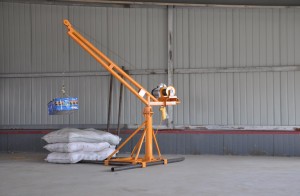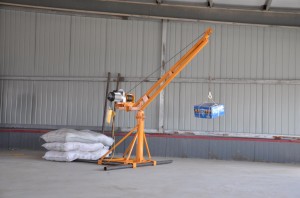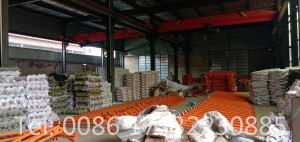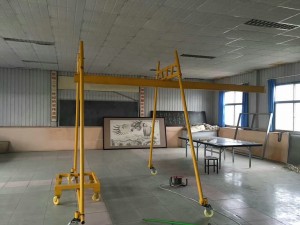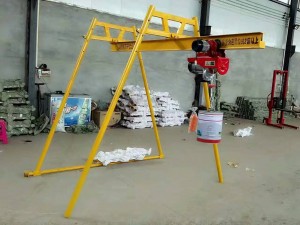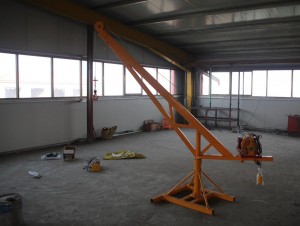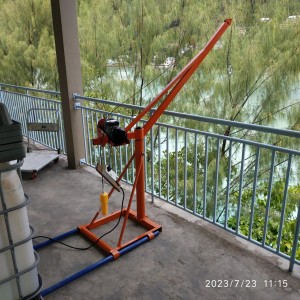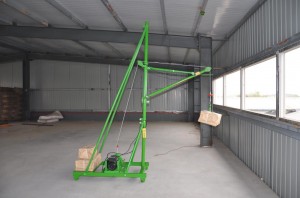Material lifting cranes should be inspected and maintained regularly to ensure they are in good working condition and are safe to operate. The specific maintenance and inspection requirements for a crane will depend on its make and model, as well as the frequency and intensity of its use.
In general, material lifting cranes should be inspected and maintained according to the manufacturer’s recommendations, which are typically outlined in the crane’s manual. However, some common guidelines for inspection and maintenance include:
Daily inspections: Operators should inspect the crane daily before use to check for any signs of damage or wear and tear. This includes checking the cables, hooks, and other components of the crane, as well as ensuring that all safety features are functioning properly.
Monthly inspections: In addition to daily inspections, cranes should undergo a more thorough inspection at least once a month. This includes checking the hydraulic systems, brakes, electrical systems, and other components of the crane.
Annual inspections: Cranes should undergo a more comprehensive inspection by a qualified inspector at least once a year. This includes checking the load-bearing components of the crane, such as the boom, mast, and jib, as well as the electrical and mechanical systems.
Maintenance: Regular maintenance should also be performed on the crane, including lubrication of moving parts, cleaning of filters, and replacement of worn or damaged parts.
It’s important to note that these guidelines are general and that the specific inspection and maintenance requirements for a crane will vary depending on the crane’s make and model, as well as its use. It’s always best to consult the crane’s manual and the advice of a qualified professional to determine the appropriate inspection and maintenance schedule for a specific crane.
Post time: Aug-01-2023





